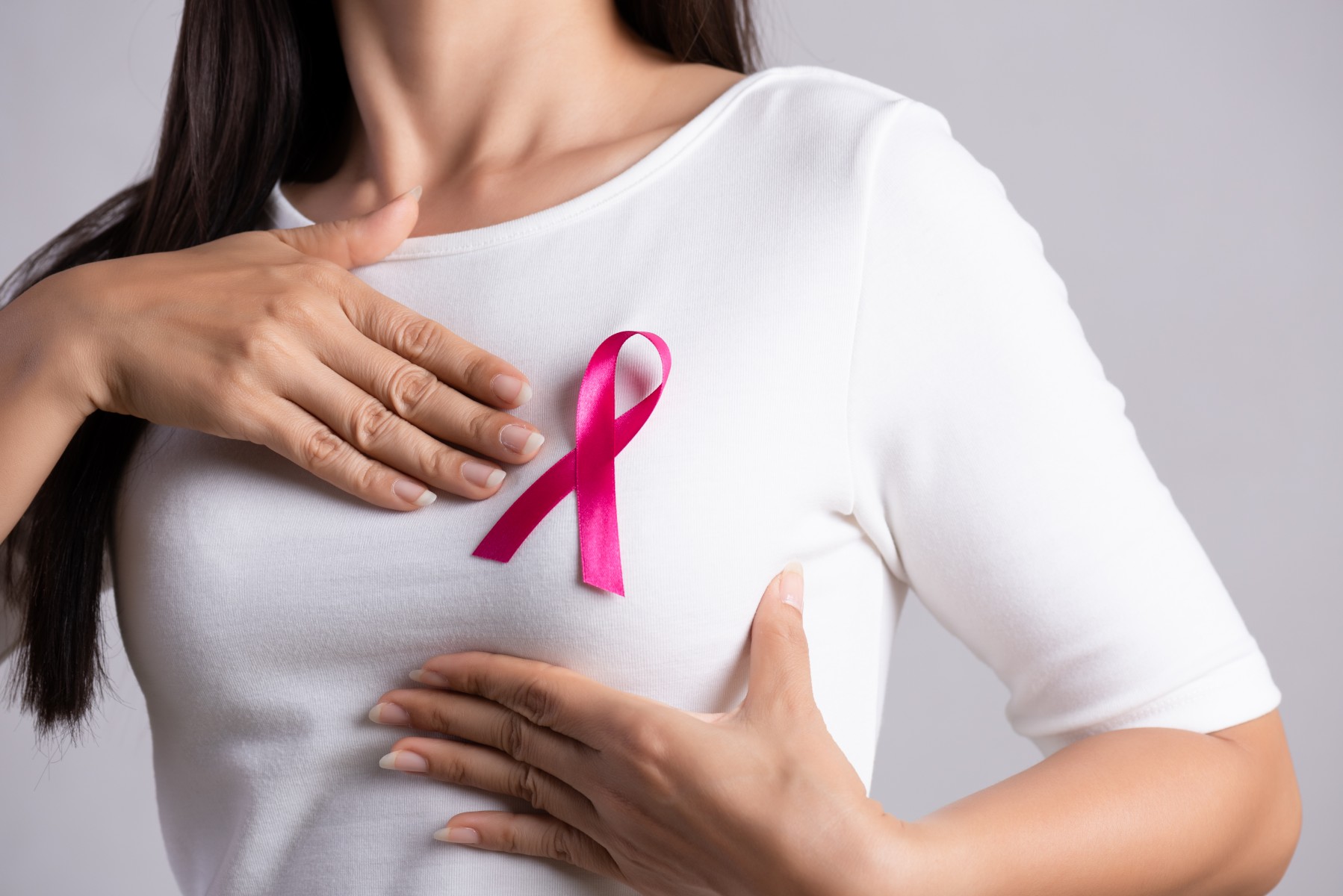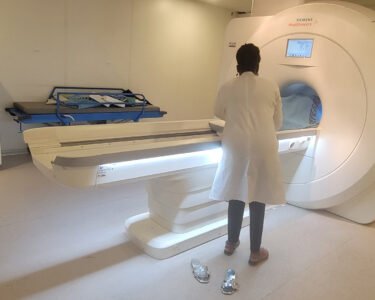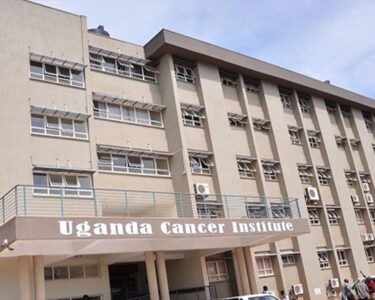What is Breast Cancer?
Breast cancer is a condition where abnormal cells in the breast grow uncontrollably, forming tumors. If untreated, these tumors can spread to other parts of the body, leading to life-threatening complications.
Breast cancer typically begins in the milk ducts and/or the milk-producing lobules of the breast. The earliest stage, known as in situ cancer, is not life-threatening and can often be detected early. However, if the cancer cells invade nearby breast tissue, they form tumors that may cause lumps or thickening in the breast. These invasive cancers have the potential to spread to nearby lymph nodes and other organs, a process known as metastasis, which can be fatal if not treated.
Risk Factors for Breast Cancer
The strongest risk factor for breast cancer is being female, with approximately 99% of breast cancer cases occurring in women. Men can also develop breast cancer, though it is much rarer, accounting for about 0.5–1% of cases. The treatment for breast cancer in men follows the same principles as in women.
Several factors can increase the risk of developing breast cancer:
Age: The risk increases with age, particularly after 40.
Obesity: Excess body weight is linked to a higher risk of breast cancer.
Alcohol Consumption: Harmful use of alcohol is associated with increased risk.
Family History: Having a family history of breast cancer can raise the risk, although most women diagnosed with breast cancer do not have a known family history.
Radiation Exposure: Prior exposure to radiation, especially to the chest, increases the risk.
Reproductive History: Factors such as the age at which menstrual periods began and the age of the first pregnancy can influence risk.
Tobacco Use: Smoking is another risk factor.
Postmenopausal Hormone Therapy: Hormone therapy after menopause can elevate the risk.
Approximately half of breast cancers develop in women who have no identifiable risk factor other than being female and over 40 years old. It is important to note that not having a family history of breast cancer does not mean a woman is at reduced risk.
Certain inherited gene mutations, particularly in the BRCA1, BRCA2, and PALB-2 genes, greatly increase the risk of breast cancer. Women with these mutations may consider risk-reducing strategies, such as prophylactic surgery or chemoprevention.
Signs and Symptoms of Breast Cancer
Early breast cancer often presents no symptoms, underscoring the importance of regular screening and early detection. As the disease progresses, symptoms may include:
– A breast lump or thickening, often painless.
– Changes in the size, shape, or appearance of the breast.
– Dimpling, redness, or pitting of the breast skin.
– Changes in the nipple or areola, such as inversion or abnormal discharge.
– Bloody fluid from the nipple.
Any abnormal breast lump, even if painless, should be evaluated by a healthcare provider. While most breast lumps are not cancerous, early detection and treatment of cancerous lumps significantly improve outcomes.
As breast cancer advances, it may spread to other parts of the body, leading to additional symptoms, such as bone pain, headaches, or swollen lymph nodes, especially under the arm.
Treatment of Breast Cancer
Breast cancer treatment is tailored to the specific type of cancer and how far it has spread. Common treatments include surgery, radiation therapy, and medications. Treatment is most effective when started early and followed through to completion.
Surgical Treatment:
Lumpectomy: Removal of the cancerous tissue while preserving the rest of the breast.
Mastectomy: Removal of the entire breast, which may be necessary in more advanced cases.
Lymph Node Removal: Removal of nearby lymph nodes to assess the spread of cancer. A less invasive procedure called sentinel node biopsy is now preferred over complete axillary dissection.
Radiation Therapy: Used to eliminate residual microscopic cancer cells in the breast and surrounding tissues, reducing the risk of recurrence.
For advanced cancer, radiation may help reduce symptoms and the likelihood of the disease spreading further.
Medications:
Hormonal Therapy: For cancers that express estrogen or progesterone receptors, endocrine therapies like tamoxifen or aromatase inhibitors are used to reduce recurrence risk. These drugs are generally taken for 5–10 years.
Chemotherapy: For hormone receptor-negative cancers or when the cancer is aggressive, chemotherapy is often required. It is usually administered on an outpatient basis.
Targeted Biological Therapies: For HER-2 positive cancers, drugs like trastuzumab are used in combination with chemotherapy to improve outcomes.
Breast cancer is a complex disease with varying presentations and outcomes. Early detection through regular screening and prompt treatment is crucial for improving survival rates. Understanding the risk factors, signs, and symptoms can aid in early identification and intervention. With advances in surgical techniques, radiation therapy, and medications, many women with breast cancer can achieve positive outcomes and live longer, healthier lives.





